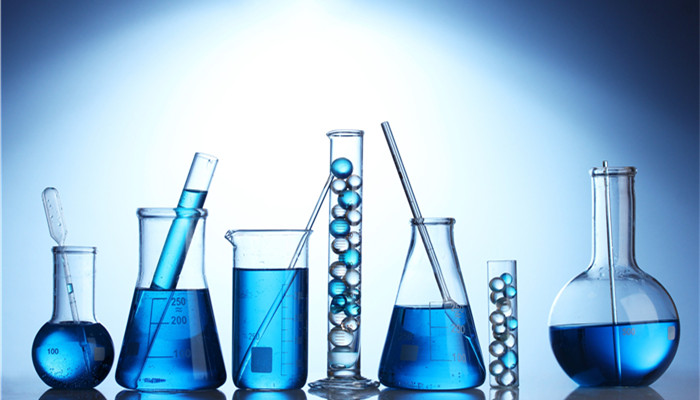
The consumption of cosmetics whitening ingredient ascorbic acid glucoside is not large and the investment potential is average.
Ascorbyl Glucoside (Ascorbic acid 2-glucoside, referred to as AA2G) is commonly known as vitamin C glycoside, and its molecular formula is C12H18O11 , usually in the form of white crystalline powder, odorless and tasteless, and is a derivative of vitamin C. Ascorbyl glucoside can be divided into 98% purity ascorbic acid glucoside, 99% purity ascorbic acid glucoside and other purity ascorbic acid glucoside according to different purity. Ascorbic acid glucoside with a purity of 99% in the current market is mostly used in mid-to-high-end cosmetics and pharmaceutical fields, and occupies a large market share, so its output is higher than that of ascorbyl glucoside with other purity levels.
Ascorbic acid glucoside was first researched and produced by Japanese companies. After the patent period expired in the early 20th century, Chinese companies began production. At this stage, due to certain technical barriers in the ascorbyl glucoside industry and the small capacity of the domestic ascorbyl glucoside market, companies have less room to enter the ascorbyl glucoside market. There are not many manufacturing companies in the ascorbyl glucoside industry in China, among which the largest Representative companies include Hubei Artek Biotechnology Co., Ltd., Hunan Fulige Biotechnology Co., Ltd., Shanghai Bilai Chemical Technology Co., Ltd., Nanjing Huashi New Materials Co., Ltd. (Sino Lion subsidiary), etc.
Ascorbic acid glucoside has a good whitening effect, and its chemical properties are mild and less irritating to the skin. It is currently mainly used in the cosmetics industry, and its customers are mainly cosmetics giants such as L’Oreal, P&G, Shiseido, and Kosei. At the same time, most of the cosmetics production bases of these companies are located in Europe, the United States, Japan and South Korea, so global consumption of ascorbic acid glucoside is dominated by Europe, the United States, Japan and South Korea. In recent years, with the growth of domestic consumer demand for cosmetics such as whitening, freckle removal, and sun protection, the demand for ascorbic acid glucoside in my country’s cosmetics industry has continued to increase. In addition, the application of ascorbic acid glucoside in food, medicine and other fields has increased. The domestic market The demand for ascorbyl glucoside continues to rise, but affected by the fluctuation of ascorbyl glucoside prices, the size of China’s ascorbic acid glucoside market has shown a fluctuating growth trend. According to the “China Ascorbyl Glucoside Market Feasibility Research Report 2023-2028” released by the Industrial Research Center, in 2022, China The market size of ascorbic acid glucoside has reached 127 million yuan.
Industrial analysts believe that ascorbic acid glucoside, as a substitute for vitamin C, is mainly used as a whitening agent, brightening agent, and sour agent. Agents, reducing agents, antioxidants, bleaches and stabilizers, etc., and the single addition amount is small. For example, ascorbyl glucoside is used as a whitening agent in the cosmetics field, and its addition amount usually does not exceed 2%; secondly, ascorbic acid glucoside is currently mainly used as a whitening agent in cosmetics. It is used in some high-end cosmetics fields, and the production of high-end cosmetics is mostly concentrated in Europe, America, Japan and South Korea. In addition to high-end cosmetics, although there is a certain demand for ascorbic acid glucoside in the food and pharmaceutical fields, the demand is lower than that in the cosmetics field; again , compared with vitamin C, ascorbic acid glucoside has a shorter application time and is more expensive. Therefore, the replacement effect of ascorbic acid glucoside on vitamin C is not obvious at this stage. Based on this, the current consumption of ascorbic acid glucoside in China is not large, and the investment potential is average.

 微信扫一扫打赏
微信扫一扫打赏

